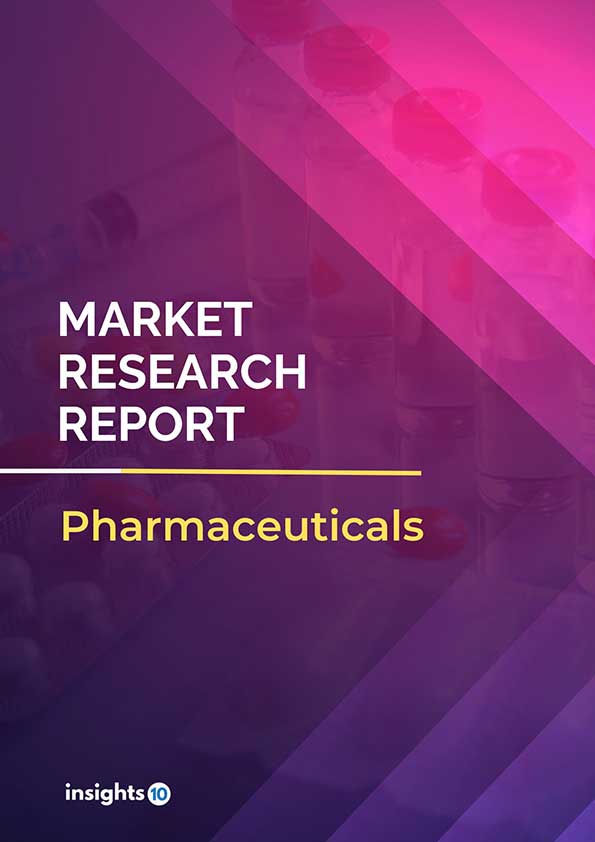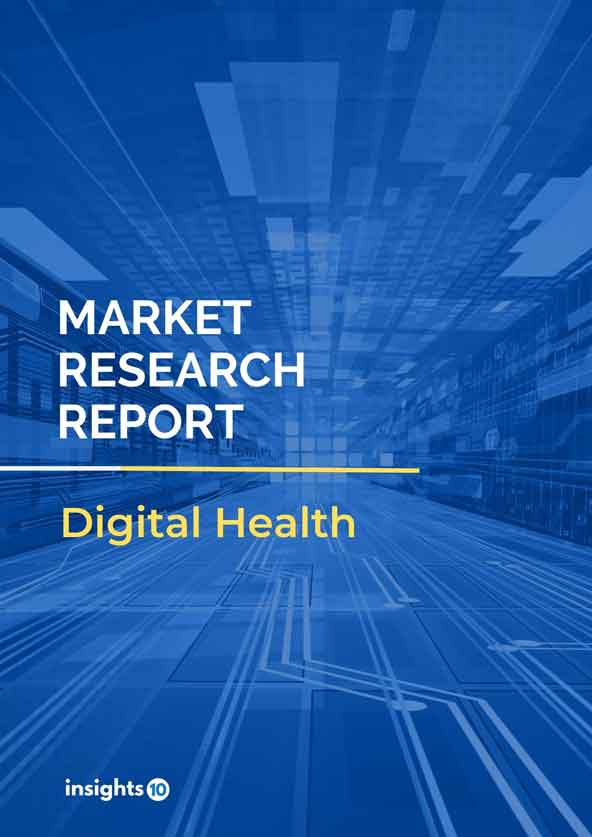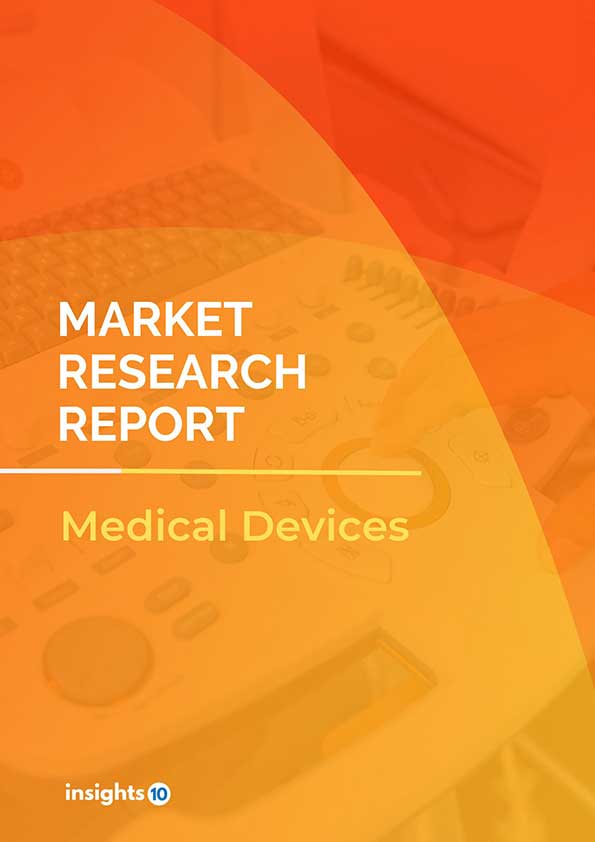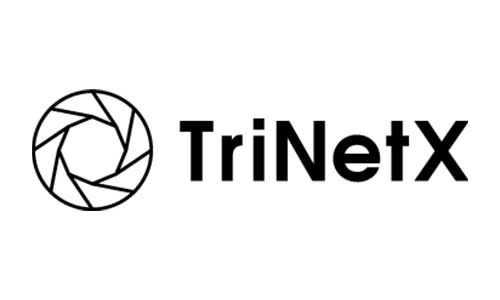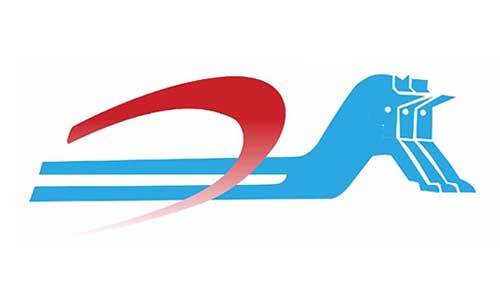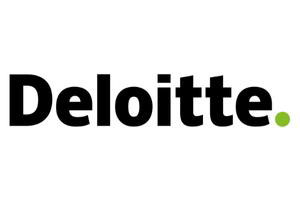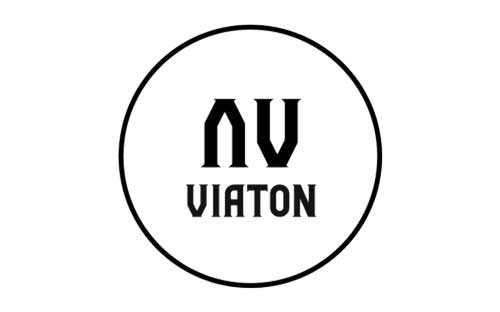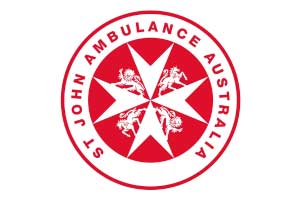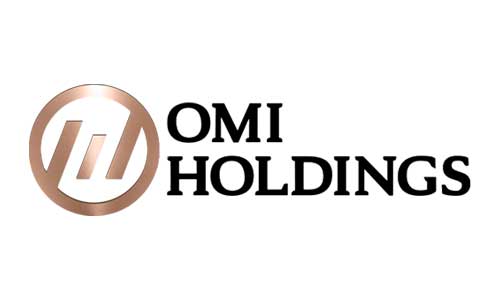UAE Actinic Keratosis Therapeutic Market Analysis
The UAE Actinic Keratosis Therapeutics Market, currently valued at $34 Mn in 2022, is predicted to increase to $54 Mn by 2030 and the forecasted CAGR between 2022 and 2030 is projected to be 5.9%. The key drivers of such growth are assumed to be the sun-drenched demographics, amplified public understanding of the condition and its treatment options, and a burgeoning arsenal of therapies, including cutting-edge technology and minimally invasive procedures. Key players in the UAE Keratosis Therapeutics Market include Bayer, Galderma, LEO Pharma Inc., Sun Pharmaceutical Industries Ltd., Julphar, Pharmax Pharma, Pharmalink, among others
Buy Now

UAE Actinic Keratosis Therapeutic Market Executive Summary
The UAE Actinic Keratosis Therapeutic Market is at around US $34 Mn in 2022 and is projected to reach US $54 Mn in 2030, exhibiting a CAGR of 5.9% during the forecast period.
Actinic Keratosis (AK) are precancerous skin lesions that can develop into squamous cell carcinoma. Individuals who have a history of cumulative sun exposure are more likely to develop these lesions on sun-exposed skin. Common treatments include cryotherapy, curettage, and surgical excision. These therapies are beneficial for concentrating on certain visible lesions. Field-directed therapies, on the other hand, offer the advantage of curing many, widespread, and subclinical AK in a sun-exposed area.
The UAE's climate, with abundant sunshine throughout the year, significantly increases the risk of AK,as ultraviolet (UV) radiation is a major contributing factor. Many people in the UAE enjoy outdoor activities and water sports,leading to increased exposure to the sun and potentially a higher AK risk. Increased government spending on diseases, rising awareness about the condition, and the introduction of innovative therapies and newer trends toward developing more effective topical treatments, as well as the rising adoption of non-invasive procedures, all contribute to the market's growth potential.
Key players in the UAE Keratosis Therapeutics Market include Bayer, Galderma, LEO Pharma Inc., Sun Pharmaceutical Industries Ltd., Julphar, Pharmax Pharma, and Pharmalink, among others.
Market Dynamics
Market Growth Drivers
AK therapy has robust growth potential in the UAE because of several motivating elements. The disease's rising occurrence as a result of Saudi Arabia's sunny climate and outdoor lifestyle is one such factor. The heightened awareness campaigns emphasizing this association are contributing to an increased demand for efficacious treatments. While traditional approaches such as cryotherapy maintain their significance, an expanding landscape incorporates cutting-edge technologies like lasers and field-directed therapies, providing precise and convenient solutions for various requirements.
Governmental backing for healthcare and substantial investments from industry leaders such as Bayer and Galderma are paving the way for continuous innovation and enhanced accessibility to treatments in the UAE. By addressing sun exposure concerns and presenting diverse solutions, the outlook for AK management in the UAE appears promising.
Market Growth Restraints
As awareness about (AK) rises in the UAE, the challenge of underdiagnosis persists due to insufficient knowledge among the public and healthcare professionals. The introduction of advanced treatment options like laser therapy or photodynamic therapy may pose financial constraints, potentially limiting access for individuals with lower incomes or inadequate insurance coverage.
The strict regulatory framework governing the approval of new medications or devices may lead to delays in market entry, impacting overall growth. The market in the UAE is witnessing heightened competitiveness, with numerous players vying for market share. This increased competition may exert pressure on pricing dynamics, potentially restricting the individual growth of market participants. Economic downturns or shifts in healthcare spending priorities could potentially dampen the trajectory of market growth.
Healthcare Policies and Regulatory Landscape
A robust, publicly supported health system and a quickly expanding private health industry define the UAE’s healthcare policy and regulatory environment. With a life expectancy of 76.8 to 77.8 years, comparable to that of Europe and North America, the UAE has succeeded in reaching a high level of care via the development of organizational and legislative frameworks based on best practices. Federal and emirate regulations govern the healthcare system, and various regulatory bodies, including the Health Authority-Abu Dhabi (HAAD), the Dubai Health Authority (DHA), and the Emirates Health Authority (EHA), are in charge of managing public healthcare services. The UAE has imposed a nationwide mandate for health insurance, with Abu Dhabi and Dubai leading the charge on this front. The UAE's healthcare sector is strongly correlated with the country's overall economy, and the government is progressively cutting back on its funding of publicly financed services, especially for foreign residents. The UAE's healthcare system also prioritizes raising standards of care, increasing service accessibility, and switching from public to private providers. Furthermore, the UAE has formulated a range of regulations aimed at enforcing particular services, procedures, and guidelines in the healthcare industry. These policies encompass domains such as artificial intelligence utilization, emergency and disaster management, quality, and patient safety.
Competitive Landscape
Key Players:
- Bayer
- Galderma
- LEO Pharrna
- Sun Pharrna
- Julphar
- Pharmax
- Pharmalink
- UltraPharma
- Syneron Candela
- Lumenis
1. Executive Summary
1.1 Disease Overview
1.2 Global Scenario
1.3 Country Overview
1.4 Healthcare Scenario in Country
1.5 Patient Journey
1.6 Health Insurance Coverage in Country
1.7 Active Pharmaceutical Ingredient (API)
1.8 Recent Developments in the Country
2. Market Size and Forecasting
2.1 Epidemiology of Disease
2.2 Market Size (With Excel & Methodology)
2.3 Market Segmentation (Check all Segments in Segmentation Section)
3. Market Dynamics
3.1 Market Drivers
3.2 Market Restraints
4. Competitive Landscape
4.1 Major Market Share
4.2 Key Company Profile (Check all Companies in the Summary Section)
4.2.1 Company
4.2.1.1 Overview
4.2.1.2 Product Applications and Services
4.2.1.3 Recent Developments
4.2.1.4 Partnerships Ecosystem
4.2.1.5 Financials (Based on Availability)
5. Reimbursement Scenario
5.1 Reimbursement Regulation
5.2 Reimbursement Process for Diagnosis
5.3 Reimbursement Process for Treatment
6. Methodology and Scope
UAE Actinic Keratosis Market Segmentation
By Treatment Type
- Topical Treatment
- Procedural Modality
- Photodynamic Therapy
- Others
By Drug Class
- Nucleoside Metabolic Inhibitor
- Immune Response Modifiers
- NSAIDs
- Photo enhancer
- Other Drug Classes
By Distribution Channel
- Hospital Pharmacies
- Drug Stores & Retail Pharmacies
- Online Providers
By Disease Type
- Clinical AK
- Subclinical AK
By End User
- Hospitals
- Private Dermatology Clinics
- Laser Therapy Centres
- Cancer Treatment Centres
- Spas and Rejuvenation Centres
- Homecare
Methodology for Database Creation
Our database offers a comprehensive list of healthcare centers, meticulously curated to provide detailed information on a wide range of specialties and services. It includes top-tier hospitals, clinics, and diagnostic facilities across 30 countries and 24 specialties, ensuring users can find the healthcare services they need.
Additionally, we provide a comprehensive list of Key Opinion Leaders (KOLs) based on your requirements. Our curated list captures various crucial aspects of the KOLs, offering more than just general information. Whether you're looking to boost brand awareness, drive engagement, or launch a new product, our extensive list of KOLs ensures you have the right experts by your side. Covering 30 countries and 36 specialties, our database guarantees access to the best KOLs in the healthcare industry, supporting strategic decisions and enhancing your initiatives.
How Do We Get It?
Our database is created and maintained through a combination of secondary and primary research methodologies.
1. Secondary Research
With many years of experience in the healthcare field, we have our own rich proprietary data from various past projects. This historical data serves as the foundation for our database. Our continuous process of gathering data involves:
- Analyzing historical proprietary data collected from multiple projects.
- Regularly updating our existing data sets with new findings and trends.
- Ensuring data consistency and accuracy through rigorous validation processes.
With extensive experience in the field, we have developed a proprietary GenAI-based technology that is uniquely tailored to our organization. This advanced technology enables us to scan a wide array of relevant information sources across the internet. Our data-gathering process includes:
- Searching through academic conferences, published research, citations, and social media platforms
- Collecting and compiling diverse data to build a comprehensive and detailed database
- Continuously updating our database with new information to ensure its relevance and accuracy
2. Primary Research
To complement and validate our secondary data, we engage in primary research through local tie-ups and partnerships. This process involves:
- Collaborating with local healthcare providers, hospitals, and clinics to gather real-time data.
- Conducting surveys, interviews, and field studies to collect fresh data directly from the source.
- Continuously refreshing our database to ensure that the information remains current and reliable.
- Validating secondary data through cross-referencing with primary data to ensure accuracy and relevance.
Combining Secondary and Primary Research
By integrating both secondary and primary research methodologies, we ensure that our database is comprehensive, accurate, and up-to-date. The combined process involves:
- Merging historical data from secondary research with real-time data from primary research.
- Conducting thorough data validation and cleansing to remove inconsistencies and errors.
- Organizing data into a structured format that is easily accessible and usable for various applications.
- Continuously monitoring and updating the database to reflect the latest developments and trends in the healthcare field.
Through this meticulous process, we create a final database tailored to each region and domain within the healthcare industry. This approach ensures that our clients receive reliable and relevant data, empowering them to make informed decisions and drive innovation in their respective fields.
To request a free sample copy of this report, please complete the form below.
We value your inquiry and offer free customization with every report to fulfil your exact research needs.
